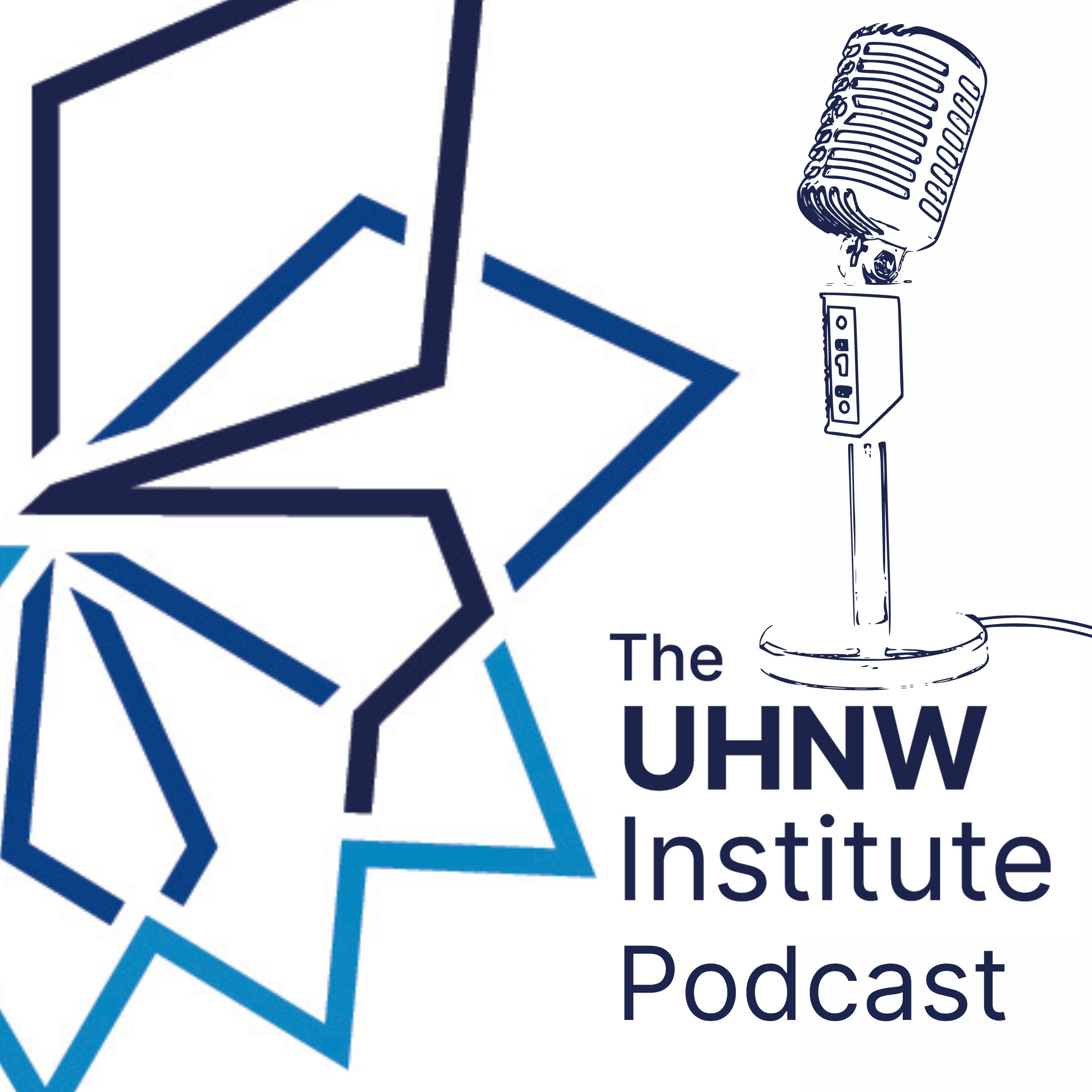
Planning & Beyond™
Planning & Beyond™ transforms how financial advisors approach client relationships by bridging psychological insights with practical planning strategies. Hosted by Ashley Quamme, a licensed therapist and financial behavior specialist, each episode delivers actionable techniques you can implement in your next client meeting.
Unlike traditional financial planning podcasts that focus primarily on technical aspects, Planning & Beyond explores the behavioral and psychological elements that shape client relationships. Through in-depth conversations with leading experts in behavioral finance, financial psychology, and financial therapy, you'll gain evidence-based strategies to navigate emotional client situations, build lasting trust, and create more meaningful relationships.
Whether you're preparing for discovery meetings, helping clients through major life transitions, or looking to deepen client connections, you'll walk away from each episode with practical tools and confident approaches to enhance your practice. Join a community of advisors who understand that exceptional financial planning goes beyond the numbers.
Topics include:
- Mastering discovery and prospect meetings
- Navigating difficult money conversations
- Understanding client psychology
- Building trust and deepening relationships
- Managing emotional client situations
- Enhancing communication skills
- Developing behavioral finance strategies
- Supporting clients through life transitions
New episodes release bi-weekly. Subscribe now to transform how you connect with clients.
Planning & Beyond™
23. Understanding Financial Trauma: How Advisors Can Recognize the Invisible Barriers to Client Success with Rahkim Sabree
Text us to share what you found helpful!
Financial trauma silently shapes your clients' decisions regardless of their net worth—and Rahkim Sabree reveals exactly how to spot it. This conversation unpacks how childhood experiences, observed behaviors, and systemic barriers create powerful money beliefs that persist even when clients achieve financial success. Discover why your high-net-worth clients remain anxious despite healthy portfolios, why seemingly simple recommendations meet unexpected resistance, and how asking just a few targeted questions can transform your discovery process and deepen client relationships.
Key Takeaways:
- Recognizing Financial Trauma Beyond Income Levels: Financial trauma affects clients across the wealth spectrum, not just those experiencing financial hardship. High-income, high-net-worth clients often display trauma through hypervigilance, excessive saving, or an inability to spend in ways that provide enjoyment—behaviors that are frequently misinterpreted as positive financial discipline.
- Implementing the Three E's Framework: Support clients using Rahkim's "Three E's" approach: Exposure (introducing the concept of financial trauma), Education (explaining how it affects financial behavior), and Execution (supporting clients in taking action while being part of their supportive community).
- Transforming Discovery Meetings: Begin uncovering financial trauma by asking, "What does money represent to you?" followed by deeper questions like "Freedom to do what?" or "Security against what?" These simple but powerful questions reveal the underlying beliefs driving financial behavior and create opportunities for meaningful intervention.
- Looking Beyond the Numbers: Understand that "successful" clients on paper may be assigning character traits to their money (power, respect, love) while neglecting other life areas. Advisors should observe how money vigilance affects clients' relationships, hobbies, substance use, and overall well-being to provide truly holistic guidance.
Resources and Guest Information:
- Overcoming Financial Trauma - Rahkim's newsletter
- Financial Therapy Association - Professional resources
- Rahkim Sabree on LinkedIn - Connect with Rahkim!
- Rahkim's Forbes Articles - Additional insights on financial trauma
- Upcoming Book: Look for Rahkim's comprehensive guide to financial trauma releasing in November 2025
Take Action:
- Start implementing trauma-aware financial planning by adding one question to your discovery process: "What does money represent to you?" Listen carefully to the response, then follow up with "Why?" or "Where does that belief come from?" These simple questions can reveal financial trauma patterns, create deeper client connections, and transform how you approach planning conversations from your very next meeting.
- Help fellow advisors grow by leaving us a review!
Connect with Ashley:







